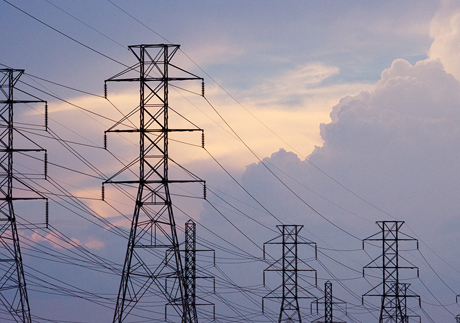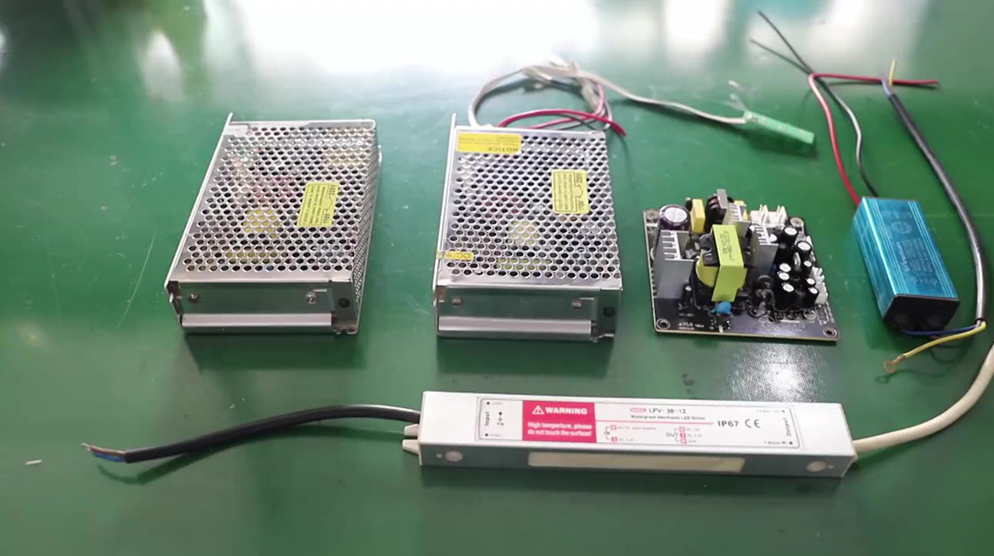বাতৰি
Creating an AC-DC Converter: A Guide to Converting Alternating Current to Direct Current
Author: ZYG Power Module Time: 2023-4-12
If you work with electronics, you may find yourself needing to convert AC (alternating current) to DC (direct current) at some point. This can be done with a simple AC-DC converter circuit. In this guide, we walk you through the process of creating your own converter circuit.
First things first, let\ explain the difference between AC and DC. Alternating current is the kind of electricity that comes out of your wall socket. It oscillates back and forth, changing direction 50 or 60 times per second. Direct current, on the other hand, flows in one direction only. Most electronic devices require DC to function.
To create an AC-DC converter, you need a few basic components. These include a transformer, a diode bridge, and some capacitors. Let take a closer look at each of these.
The transformer is the first component in the circuit. Its job is to step down the voltage of the AC input to a lower level that can be handled by the diode bridge. The transformer consists of two coils of wire wound around an iron core. The input AC voltage is applied to one coil, while the output DC voltage is taken from the other coil.

The diode bridge is the second component in the circuit. It consists of four diodes arranged in a bridge configuration. The diodes allow current to flow in only one direction, effectively converting the AC input to DC output.
The capacitors are the final components in the circuit. They work to smooth out the DC output, removing any remaining AC ripple. Two capacitors are used in the circuit: a large electrolytic capacitor and a smaller ceramic capacitor.
Now that we understand the components, let take a look at the circuit diagram.
As you can see, the transformer is connected to the AC input, while the diode bridge and capacitors are connected to the DC output. The large electrolytic capacitor is connected in parallel to the DC output to smooth out the output voltage. The smaller ceramic capacitor is connected in parallel to the large capacitor to filter out any high frequency noise.
When you assembled the circuit, you can test it by connecting a voltmeter to the DC output. You should get a voltage that is slightly less than the voltage of the AC input. For example, if your AC input is 120 volts, your DC output should be around 110 volts.
In conclusion, creating an AC-DC converter is a simple process that can be accomplished with a few basic components. By following the steps outlined in this guide, you should be able to create your own converter circuit with ease.

পূৰ্ৱবৰ্তী: The Future of AC-DC Converter Factories: Trends and Technologies to Watch
এটাৰ পাচৰ: Title: Understanding AC-DC Converters: A Beginner Guide
প্ৰাসংগিক তথ্য
-
2023-5-4
Designing an AC-DC Converter Circuit
Introduction An AC-DC converter is a circuit that transforms AC (alternating current) power into DC (direct current) power. This is a necessary function in many electronic devices that require a steady and reliable source of DC power. In this article, we will discuss the design of an AC-DC converter circuit. Design considerations When designing an AC-DC converter circuit, there are several important considerations that need to be taken into account. These include the input voltage, output voltage and current, efficiency, and cost. Additionally, the type of load the converter will be powering must also be considered, as some loads may require a more stable output voltage than others. Input voltage The input voltage of the AC-DC converter circuit will depend...
সবিশেষ চাওক -
2023-4-18
Building a 120 Volt AC Power Supply for 3 Volts DC
Introduction: In this article, we will discuss how to build a 120-volt AC power supply for 3 volts DC. This process requires some basic knowledge of electronics and safety measures. We will provide step-by-step instructions to help guide you through the process. Materials Required: - Transformer (120V to 12V AC) - Bridge rectifier - Capacitor (1000uf, 16V) - Voltage regulator (LM7803) - Heat sink - Wires - Soldering iron and solder - Wire stripper - Pliers - Safety glasses Step 1: Safety Precautions Before starting any electrical project, it is essential to take safety precautions to avoid electrical shocks or fires. Wear safety glasses to protect your eyes from soldering fumes. Ensure that the circuit is unplugged from the power...
সবিশেষ চাওক -
2023-11-4
Modular PC Power Supply: The Ultimate Solution for Customized Cable Management
With the ever-increasing need for more power in modern computers, cable management has become a crucial aspect of building and maintaining a PC. Messy and tangled cables not only obstruct airflow, leading to poor cooling performance, but also make it difficult to troubleshoot and upgrade components. To address this issue, modular PC power supplies have emerged as the ultimate solution for customized cable management. A modular power supply is designed with detachable cables that can be easily connected or disconnected from the unit. Unlike traditional power supplies where all cables are hardwired to the unit, modular power supplies allow users to choose only the cables they need and leave out the rest. This eliminates the hassle of dealing with excess...
সবিশেষ চাওক -
2023-5-30
China XXYY Series DC-DC Converters manufacture
DC-DC converters are voltage regulation devices that convert a DC input voltage to a DC output voltage. They are used in a wide range of applications such as telecommunications, industrial automation, medical equipment, and consumer electronics. XXYY series DC-DC converters are known for their high efficiency and reliability, making them the preferred choice of designers and engineers. The XXYY series DC-DC converters have a wide input range of 9V to 36V or 18V to 75V, making them suitable for various battery-powered and industrial applications. They are available in both single and dual output configurations, with output voltages ranging from 3.3V to 15V. The converters have a high efficiency of up to 94%, which reduces power consumption and heat dissipation. This...
সবিশেষ চাওক -
2023-9-28
DC to DC Step Down Adjustable Power Supply Module: Efficient and Versatile Solution
Introduction The demand for efficient and versatile power supply solutions is higher than ever before. One such solution is the DC to DC step-down adjustable power supply module. This module offers a wide range of benefits, including improved efficiency, flexibility, and adaptability, making it an ideal choice for various applications. In this article, we will explore the features and advantages of this power supply module and discuss its potential applications. Features The DC to DC step-down adjustable power supply module is designed to convert a higher voltage DC input to a lower voltage DC output. It utilizes a switching regulator to achieve this conversion efficiently. The module typically includes features such as an adjustable output voltage, current limiting, overvoltage protection,...
সবিশেষ চাওক -
2023-4-20
Creating an AC-DC Power Supply: A Comprehensive Guide
An AC-DC power supply is a device that converts alternating current (AC) to direct current (DC). It is used in a wide range of electronic devices such as computers, televisions, and mobile phones. In this guide, we will provide you with a comprehensive guide on how to create your own AC-DC power supply. Step 1: Determine Your Requirements Before you start building your power supply, you need to determine your requirements. Ask yourself the following questions: - What voltage do you need? - What current do you need? - What is the input voltage? - What is the output voltage? Step 2: Choose a Transformer The transformer is an important component of the AC-DC power supply. It converts the incoming...
সবিশেষ চাওক


















